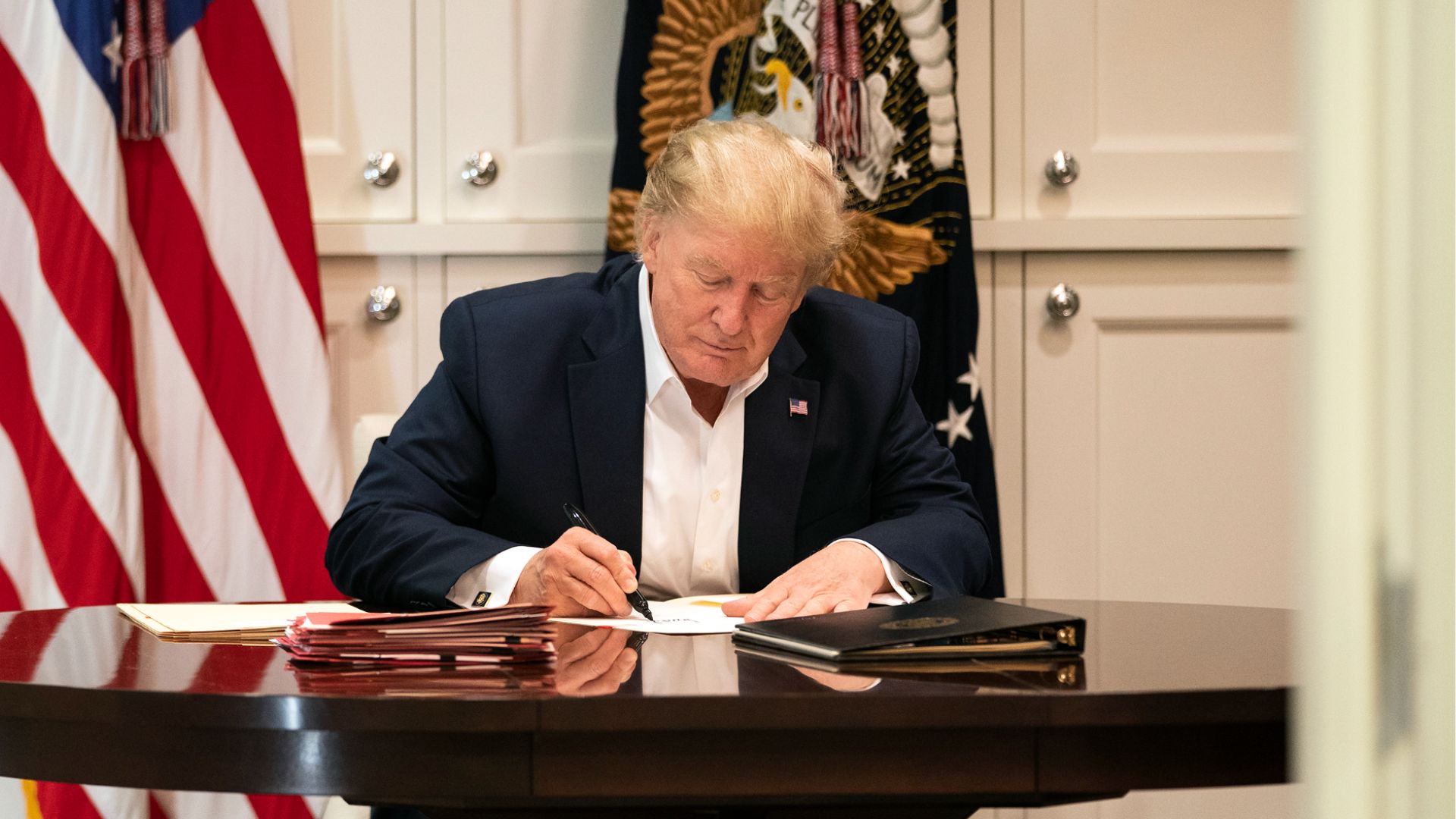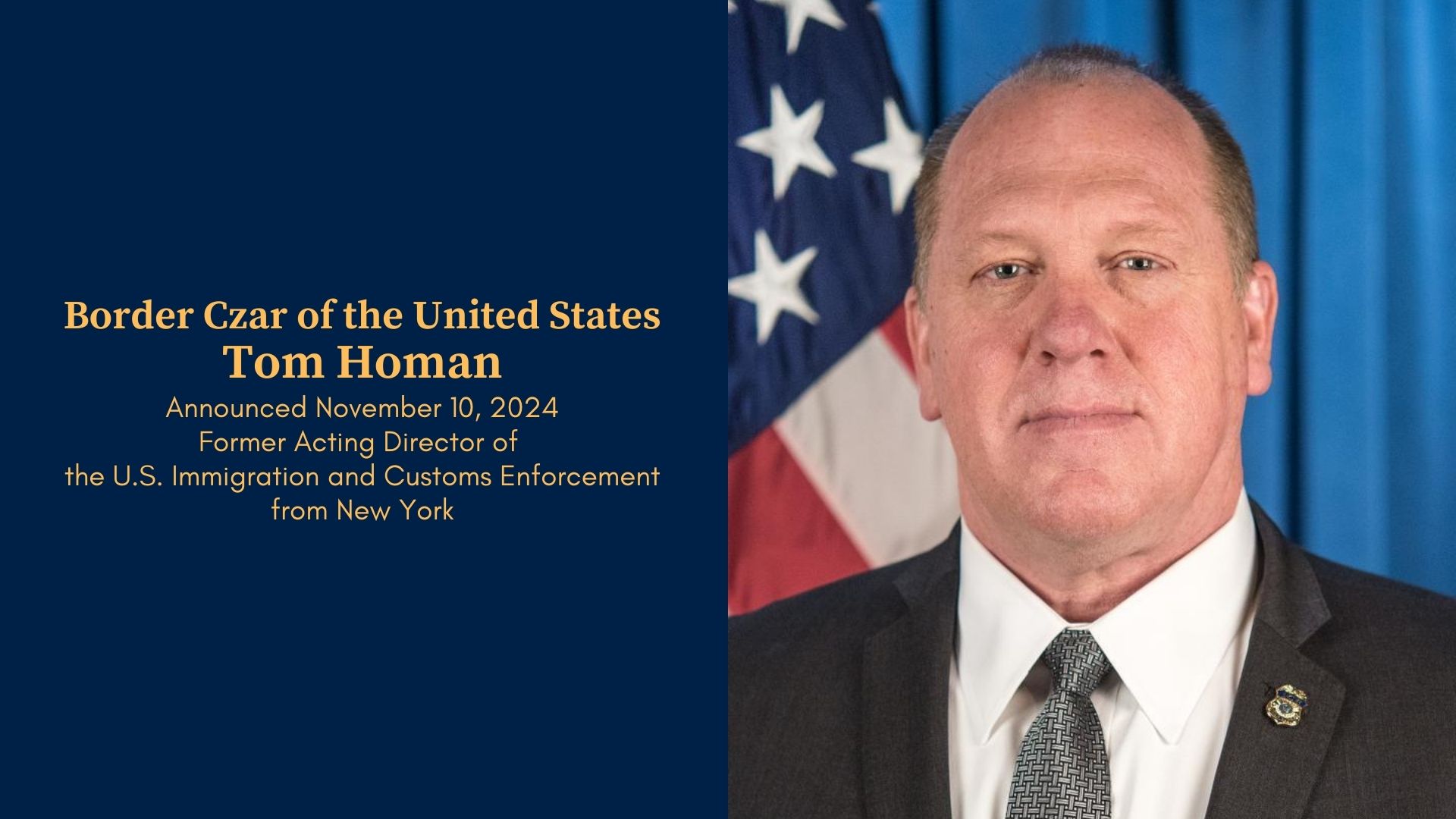[VT Maryland] — February 10, 2025, U.S. President Donald J. Trump signed a proclamation announcing significant adjustments to aluminum import policies. The new measures aim to address the national security threat posed by aluminum imports and revitalize the domestic aluminum industry. This policy shift marks a major change in U.S. trade policy and is expected to have a significant impact on the global aluminum market and international trade relations.
According to investigations by the U.S. Department of Commerce, the 10% ad valorem tariff imposed in March 2018 helped mitigate national security concerns, but the global aluminum overcapacity crisis persists, and U.S. aluminum imports remain at unacceptable levels. Exemptions for certain countries and products, as well as tariff circumvention by foreign producers, have weakened the effectiveness of previous policies.
From 2020 to 2024, U.S. primary aluminum production declined by 30%, and the domestic smelter capacity utilization rate was only 52% in 2024. Additionally, aluminum imports from Argentina, Australia, Canada, Mexico, the European Union (EU), and the United Kingdom (UK) surged in 2024, rising approximately 14% above the average levels recorded between 2015 and 2017. Notably, primary aluminum imports from Canada increased by 18%, imports from Australia soared by 103%, and aluminum product imports from Mexico rose by 35%.
The U.S. government also accused Mexican producers of engaging in unfair trade practices by mixing primary aluminum from China and Russia to manufacture downstream products, further disrupting the market.
The new policy includes significant tariff hikes, the termination of multiple agreements, and stricter regulatory measures:
- Tariff Increase: Effective March 12, 2025, at 12:01 AM, the ad valorem tariff on aluminum products will rise from 10% to 25%, covering both aluminum articles and derivative aluminum products.
- Termination of Agreements: The alternative agreements with Argentina, Australia, Canada, Mexico, the EU, and the UK will be terminated. Starting March 12, aluminum imports from these countries and regions will be subject to the new 25% tariff.
- Expansion of Tariff Scope: The list of derivative aluminum products subject to tariffs will be expanded. The updated list will be published in the Federal Register.
- Elimination of Product Exemptions: The product exemption process will be terminated. No new exemption requests will be considered, and existing exemptions will expire once their designated import volumes are reached. All previously approved general exemptions will become invalid on March 12.
- New Review Mechanism: The Secretary of Commerce will establish a review process within 90 days to allow domestic producers and industry associations to request the inclusion of additional derivative aluminum products under the tariff scope.
The United States International Trade Commission (USITC) will revise the Harmonized Tariff Schedule of the United States (HTSUS) within 10 days to align with the new proclamation. The U.S. Customs and Border Protection (CBP) will intensify its review of imported aluminum product classifications, enforce the maximum penalties for tariff evasion, and notify the Department of Commerce of any violations. Additionally, the Secretary of Commerce will have the authority to issue new regulations and guidelines to ensure smooth policy implementation.
This policy adjustment is designed to protect the U.S. aluminum industry, increase domestic aluminum production capacity utilization, and reduce reliance on foreign imports. However, these measures may trigger trade retaliation from affected countries and further escalate global trade tensions. In the coming months, the effectiveness of the policy in revitalizing the U.S. aluminum sector and its long-term impact on international trade remain to be seen.




